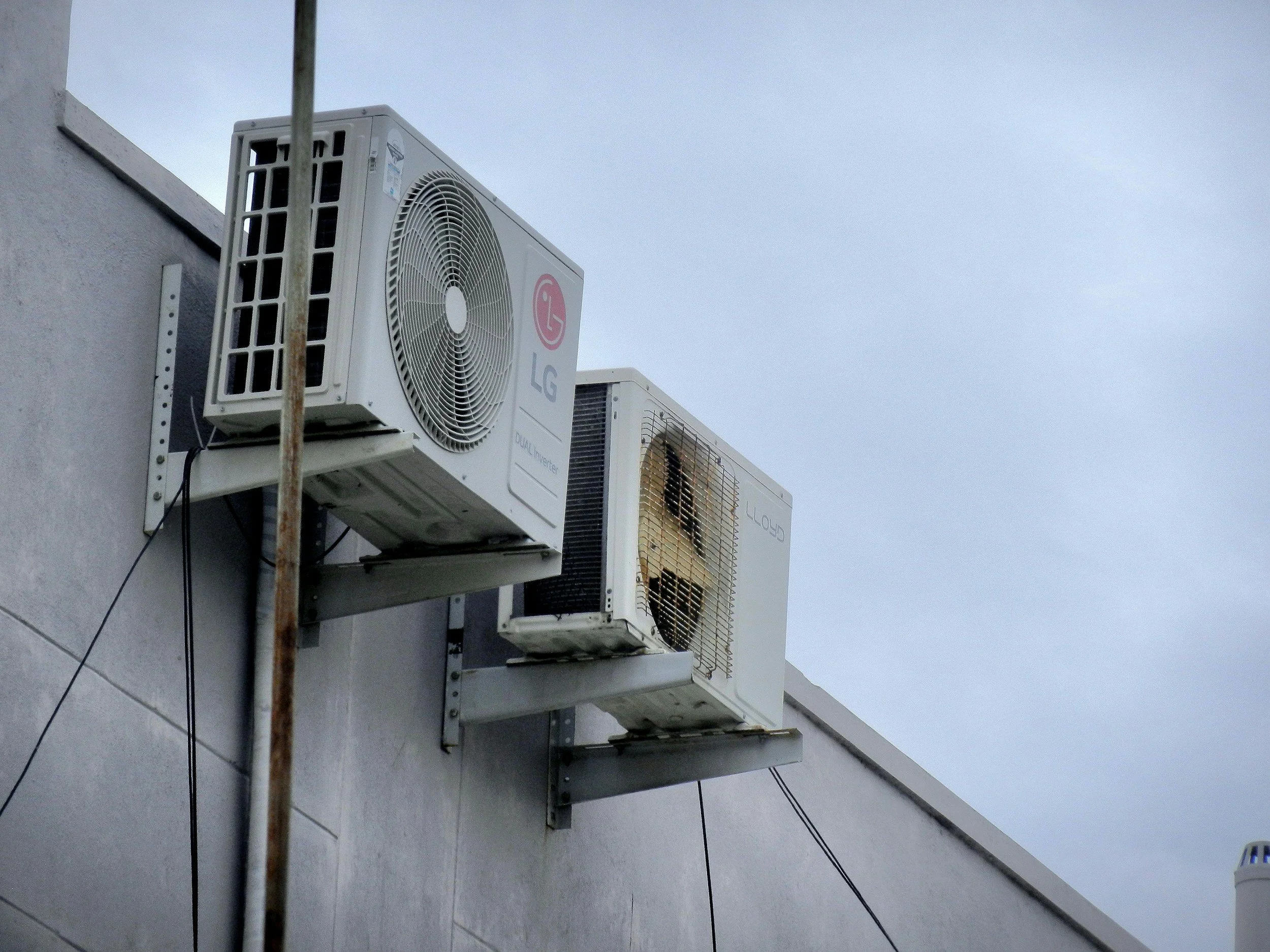Why Boudoir Style Fashion Photography Has Become Easier To Love
Rihanna for Savage x Fenty. PHOTO: Dennis Leupold
Boudoir style fashion photography is something seen with more relevance during the pandemic as work-from-home orders and leisurewear brands finding a respectable place in the world, finally.
Among leisurewear is lingerie, let us not forget.
Savage x Fenty, Agent Provocateur, and other underwear brands can thank the pandemic for spicing up this market with everyone restricted indoors. And when it comes to lingerie, that means in the bedroom. En Française, boudoir translates - loosely - as “private room setting,” or “bedroom,” or “upper-class woman” in some contexts.
Amali Gassmann for Agent Provocateur PHOTO: Aiden Cullen
Boudoir style fashion photography as a tool
Boudoir photography has been the core messaging tool for the likes of Savage x Fenty and Agent Provocateur. A style that has come to age in photography during the 1960s and the 1970s. During that time of liberation, women accepted nudity, a rejection of the homemaker or housewife fashion aesthetic embedded in previous boudoir photography.
It was an evolution of women who were confident with their curvy figures, coming to acknowledge the “pin-up” girl, something seen - ubiquitously yet, inconspicuously - attracting men of the 1920s and the swing era of the 30s and 40s.
The boudoir photographic perspective followed a painter's eye; painters like Edouard Manet and his “Olympia,” or the in a recent review, Pablo Picasso and his "Les Demoiselle d’Avignon," seen through a feminist scope as sexist.
Feminine fashion
Opening the doors for all body-types to participate in the boudoir genre has been the cornerstone for feminine fashion.
Plus size boudoir Chicago photography is a perfect example of this inclusivity, celebrating and empowering women of all shapes and sizes.
At the same time, the lingerie and implied nudity skew the thinking of predatory photographers seeking to take advantage of unexpecting aspiring models.
The looming danger still lurks, as seen by the toxic photographer of @LivinCool on Instagram, Emanuele D’Angelo. D’Angelo is currently under scrutiny for being exposed as a sexual predator. Cancel culture spared no expense to reveal the plight. He used his photographic clout to lure unsuspecting women into precarious situations and involuntarily mishandled out of their already sheer garments.
Since the retail giant Victoria’s Secret hit the mainstream markets in 1977, at the height of the boudoir era, women have adorned themselves in the name brand unmentionable. Natural physiques were highlighted, in soft, lightweight, sheer, and decorative fabrics made from silk, lycra, chiffon, satin, and lace.
Boudoir style and Victoria’s Secret
Thus, Victoria’s Secret can take credit for the embrace of women’s bodies beyond the taboo.
In lieu, VS has also been on the cancel culture list as the culprit of body-shaming. They openly embraced an ideal body type, though they have opened up their catalog of models to other sizes.
Salek Wek for Savage x Fenty. PHOTO: Dennis Leupold
Women who are comfortable enough to dress up in the trendiest designed lingerie often want to remember the moment outside of immediate context. The feel of getting dressed - ‘down’ - in undergarments employs self-esteem worth exploring.
Miguel and Nazani Mandi for Savage x Fenty. PHOTO: Dennis Leupold
Men need not feel excluded from boudoir style fashion photography. Savage X Fenty has included men into their marketing campaigns (singer, Miguel and his partner, boasting traditional bedroom 'fit' of silk boxers and a robe, but with a modern flare).
In partnership with Kulture Hub
Featured











Water management plays an essential role in maintaining the safety and stability of a home.